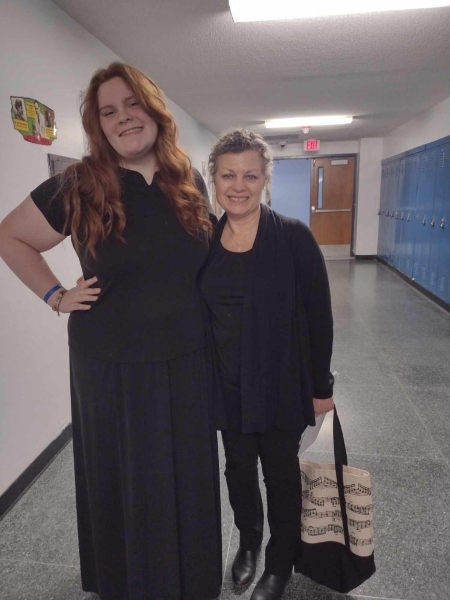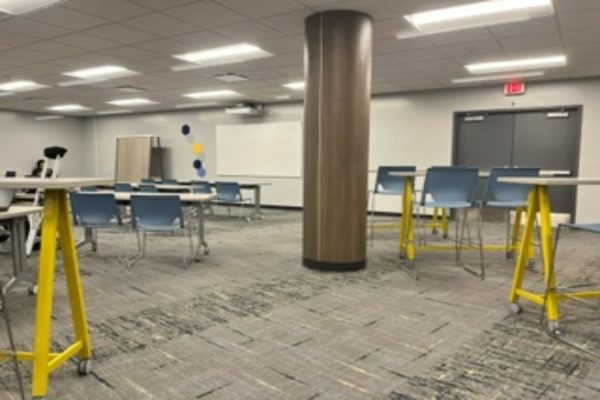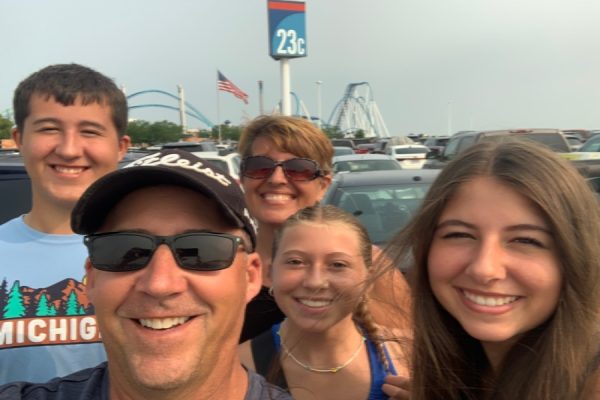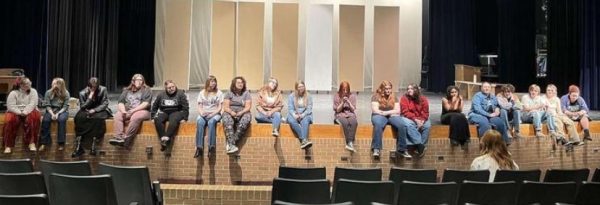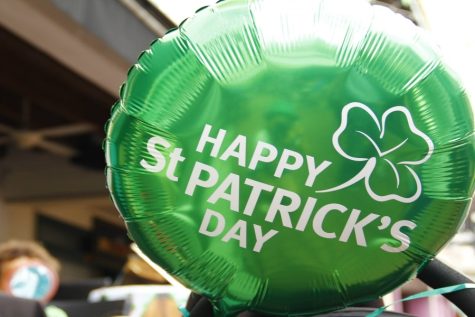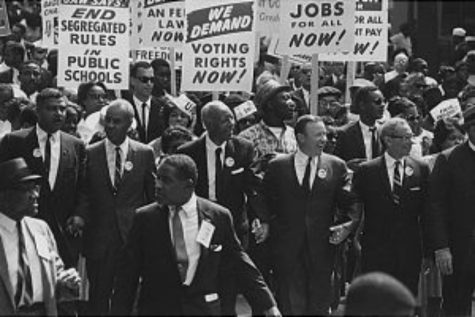Pearl Harbor sparked American involvement in World War II
IMAGE / Wikimedia Commons
Japanese planes bomb the U.S. Navy base at Pearl Harbor, Hawaii, Dec. 7, 1941. The attack occurred 78 years ago.
In the morning hours of Dec. 7, 1941, Japanese forces bombed the U.S. Navy base at Pearl Harbor near Honolulu, Hawaii. The event caused the United States to declare war on Japan the next day and on Germany Dec. 11, 1941.
This year marks the 78th anniversary of the attack.
Citizens were reluctant to join World War II before Pearl Harbor.
The next day, President Franklin D. Roosevelt asked Congress to declare war on the adversary in his most famous speech as commander in chief.
Roosevelt said, “Yesterday, Dec. 7, 1941 — a date which will live in infamy — the United States of America was suddenly and deliberately attacked by naval and air forces of the Empire of Japan.”
More than 2,400 people died, including civilians, and more than 1,000 were injured.
The attack temporarily crippled the Pacific Fleet, resulting in significant damage to 20 battleships. All but two, the USS Arizona and USS Utah, were repaired to working order.
The Pacific Fleet was located in the harbor to show American military dominance.
The fleet’s three aircraft carriers, the USS Saratoga, USS Lexington, and USS Enterprise, were away from the harbor due to training exercises and maintenance.
The USS Arizona and USS Utah remain as memorials to the thousands of men that died aboard them during the attack.
After Roosevelt’s speech and a 40-minute debate, Congress voted to declare war.
The lone representative to oppose the declaration was Jeannette Rankin, R-Mont., who also served as the first female federal officeholder.
“As a woman, I can’t go to war,” Rankin said, “and I refuse to send anyone else.”
Japan’s allies, Germany and Italy, declared war on the United States soon after, deepening the United States’ involvement in World War II.
The attack on Pearl Harbor set off a chain of events as the United States fought to avenge its fallen throughout the war, attacking Japan in any way possible.
One such instance of vengeance, The Doolittle Raid, occurred April 18, 1942 and saw the Navy and Army bomb Japan’s industrial centers in Tokyo. The raid was named after Lt. Col. James H. Doolittle.
The United States dropped the world’s first atomic bombs on Hiroshima and Nagasaki, Japanese cities, to end the war.
A government initiative called the Manhattan Project, which started before Japan even bombed Pearl Harbor, led to the creation of bombs nicknamed “Little Boy” and “Fat Man.”
Scientists raced against the Axis Powers to finish their weapon of mass destruction.
Japan announced its surrendered Aug. 15, 1945, via a broadcast after the loss of around 120,000 Japanese civilians in the two bombings.
A formal surrender agreement was signed Sep. 2, 1945, aboard the USS Missouri.
Mr. Brent Smith, science teacher, thinks that the development of the atomic bomb increased the lethality of warfare.
“The development of the nuclear bomb is obviously worrisome,” Smith said. “Mankind now has the ability to wipe out life on the entire planet.”
It was better that the United States unlocked the powers of nuclear weapons first.
“However, it was a good thing that the United States beat Germany and other countries in creating the first nuclear bomb,” Smith said. “I think most people would agree that if Nazi Germany obtained the bomb first, things would have been much more tragic.”
Smith believes the atomic bomb was necessary for world peace.
“The advantage for our country was that it brought the war to a quick end and probably saved thousands of U.S. lives because we were able to avoid a land invasion of Japan,” Smith said.

Class: Senior
Hobbies: Taking pictures of landscapes and sports
Future Plans: I plan to move to the Carolinas and go to college for journalism.
Favorite...




